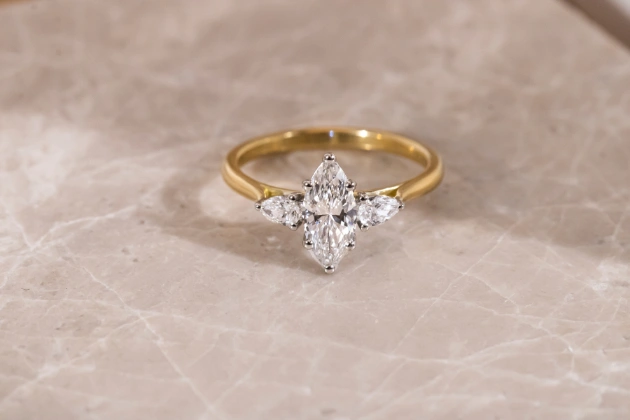A new generation of jewelry brands is setting new rules of luxury in this century-old industry dominated by heritage houses and century-old ateliers. These startups aren’t just crafting pretty pieces; they are redefining the meaning of prestige in the 21st century, and they are doing it nimbly and online, with a sharp awareness of the way consumer values are changing.
From Exclusivity to Accessibility
The classic luxurious brands traditionally establish their image based on the high cost, exclusivity, and department stores located in the affluent areas. However, the younger customers (millennials and Gen Z) are not as fascinated by exclusivity as they are by transparency and authenticity, handwork, and appealing emotional response. Jewelry entrepreneurs are even turning this trend into business opportunities, creating handcrafted jewelry without the vintage markup, even direct-to-consumer (DTC) businesses that avoid middlemen to sell their product.
Such a strategy not only democratizes luxury but enables the brand to establish better contact with the buyers. Prestige is no longer the only priority; it is personal and purposeful.
Storytelling Over Logos
Storytelling is one of the tools being used by the new brands and it is very powerful. Legacy players can fall back on the famous logos or legacy of the company but new jewelers are communicating legacy, material, sustainability, and the craftspeople behind every jewel. Nowadays consumers want to understand who was making their jewelry and the source of the jewelry and why all this should be a concern.
The excellent example of this is observed in niche design houses also concentrated on nature inspired works. As an example, when someone seeking elegant flower rings at Flawless, they turn not to purchase a ring: they invest in a design philosophy concept based on organic beauty and emotional meanings. The history is incorporated in the value of the product.
Digital Natives in a Digital Market
Old luxury brands are still behind in their digital transformation whereas new jewelry companies are born in the digital world. They know the algorithms of social media, how to use influencer marketing and how to build products with SEO. Instagram, TikTok are not only outlets to promote, they are storefronts, customer service points and story centres in one box.
The barriers to luxury purchasing have also been reduced by the usage of augmented reality (AR) try-ons, virtual consultations, and interactive online catalogs, which allow consumers to not only explore and purchase but to not step in a luxury boutique at all. This shift is especially evident in the market for women’s engagement rings, where buyers now expect immersive online experiences that mirror the intimacy and personalization of in-store shopping.
Purpose-Led Positioning
There is no compromise on social responsibility, sustainability and ethics. New brands are using ethical sourcing, lab-made diamonds, recycled precious metals, and productions that are carbon-neutral, as a fundamental principle not as a marketing trick. This high-values approach really appeals to the conscious consumer and enables new entrants to strike a moral stance that remains absent in established institutions.
It also provides them with the liberty to be innovative. Unencumbered with the past, these brands are agile and able to shift gears, cooperate with other industries and play with restricted-release drops or craftsmanship collections that are trendier and more collectible.
Disruption Is Here to Stay
Heritage jewelry brands do not vanish, but they are being tested successfully. New competitors are demonstrating that luxury does not require to be slow, opaque and exclusive. Rather, it can be cross-cutting, value-based, and digital literate.
And since consumers will keep pursuing beauty and purpose in what they purchase, luxury brands that draw on emotional narratives as well as the latest forms of craftsmanship will win in the new luxury age.










